History of Mass Media ¶
red: telephone
black: radio
blue: television
black: radio
blue: television
1800s ¶
- 1832
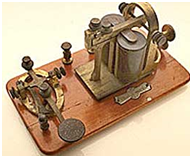 [PNG image (50.72 KB)]Saumuel Morse: telegraphic code
[PNG image (50.72 KB)]Saumuel Morse: telegraphic code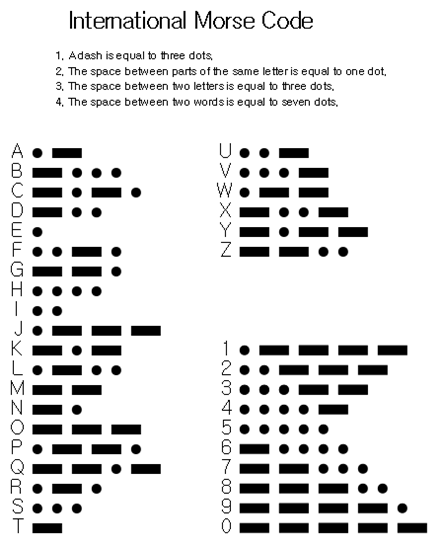 [PNG image (53.15 KB)]
[PNG image (53.15 KB)]
- 1876
- Alexander Graham Bell, Transmits sound. . . .
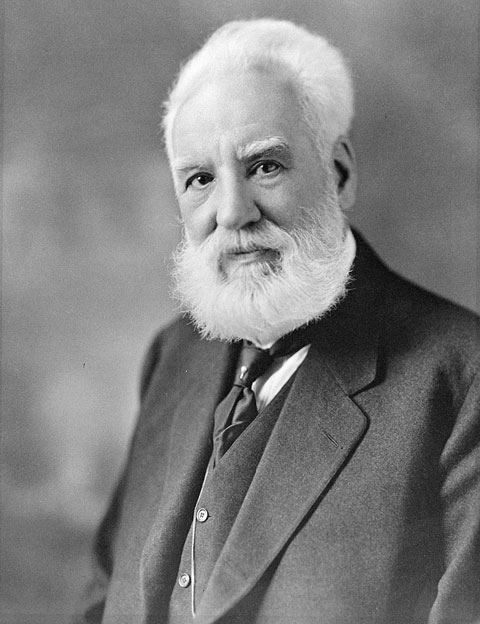 [JPG image (58.92 KB)]
[JPG image (58.92 KB)]
"Mr. Watson, . . . Come here . . . I want to see you." [1]
The beginning of telephone
Party Line Phone: A teleophone line was installed as a whole (in the community); then receivers were installed in each home, which means that any one would hear any conversations just by picking up his/her receiver. There was no private conversation. Whose call it was distinguished by right-tone. Also, in order to make a phone call, people need to place the call to the operator.
- 1881
- World Expo in Paris
Theatrophone: Telephone technology was initially developed as a medium for music. Hence, Theatre + Telephone. France initiated it at the World Expo in Paris. It was a revolutionary attempt to commercialize the technology. The only problem was telephone line had to be extended.
- 1885
- AT&T
- 1890
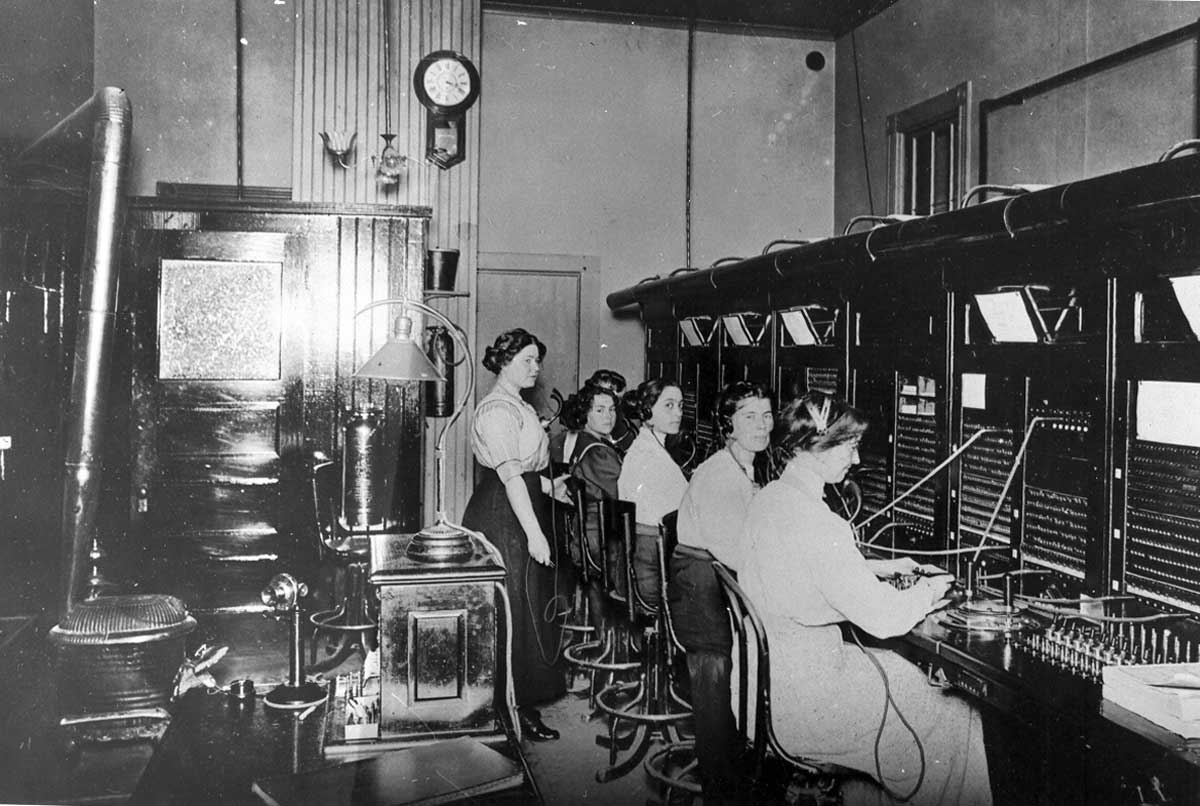 [JPG image (116.03 KB)]Operator . . .the job that you may have not heard of: "Number Please"
[JPG image (116.03 KB)]Operator . . .the job that you may have not heard of: "Number Please"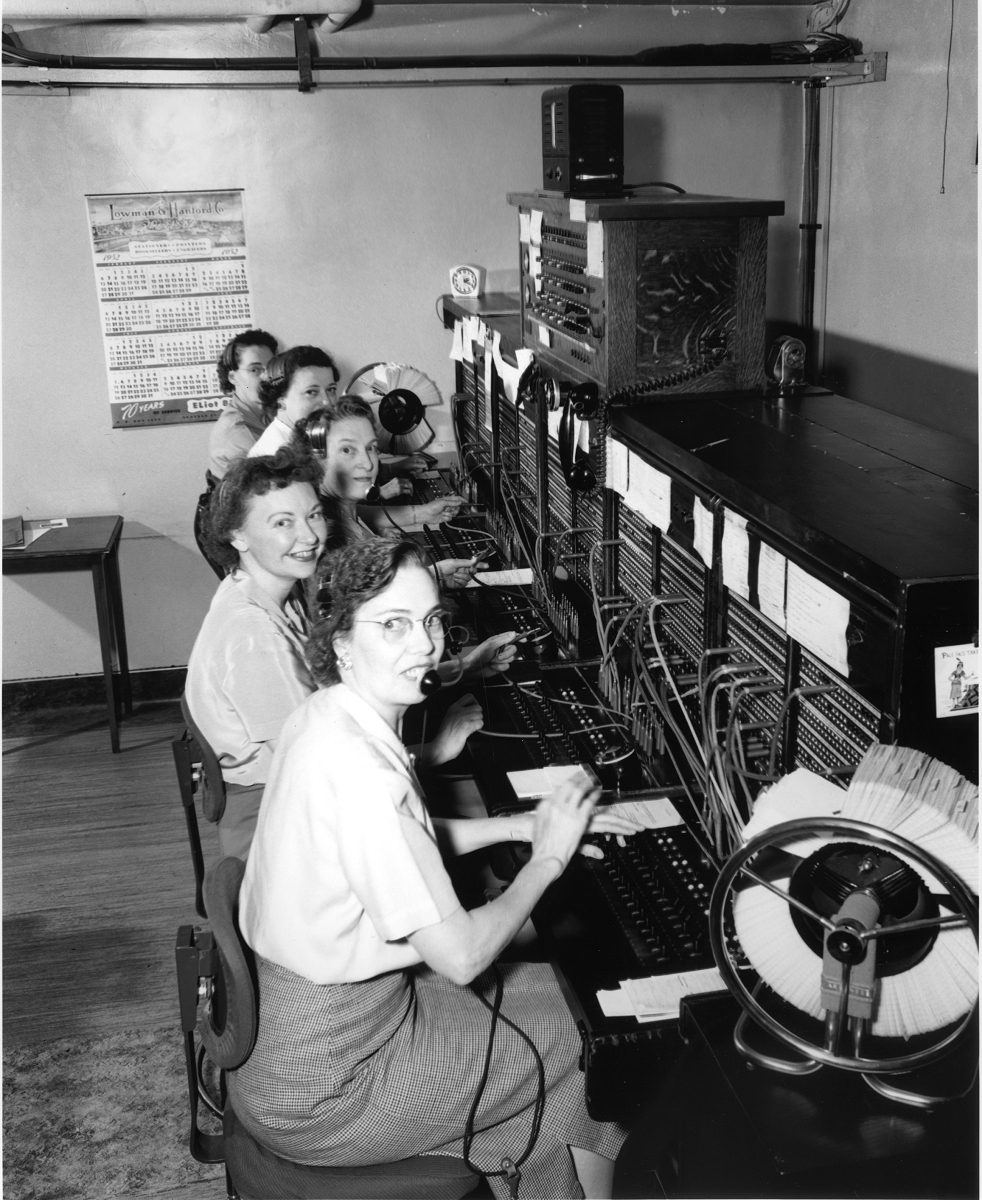 [JPG image (699.61 KB)]
[JPG image (699.61 KB)]
Youtube(A2iS8XctJKo) http://www.youtube.com/watch?v=A2iS8XctJKo
Gulielmo Marconi invented wireless telegraph system.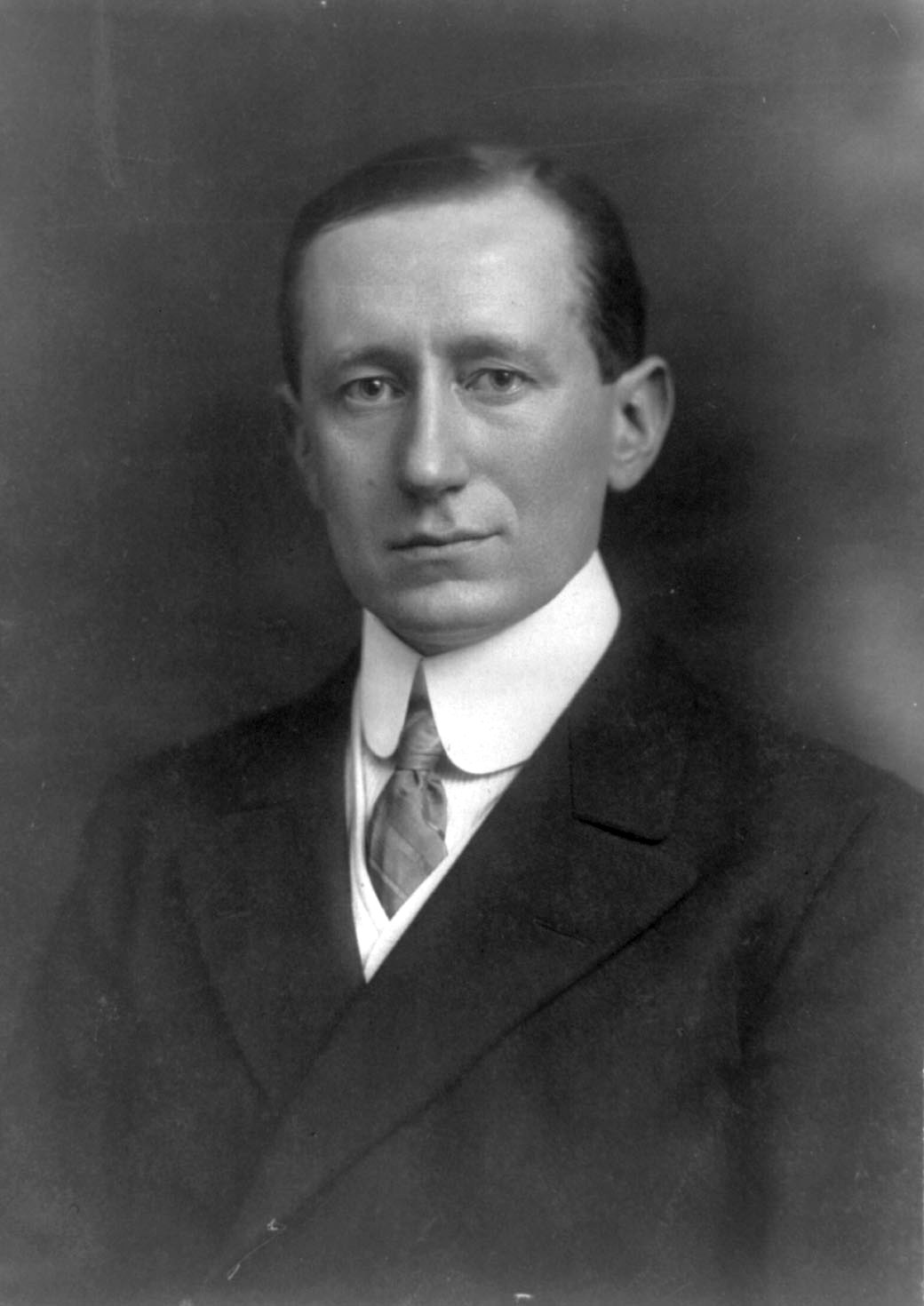 [JPG image (136.81 KB)]
[JPG image (136.81 KB)]
- 1891
- Marconi, acquired GB patent.
- 1892
- Marconi, acquired US patent.
1900s ¶
- 1906
- Technology of sound amplification (What we are calling amp) invented. A product,
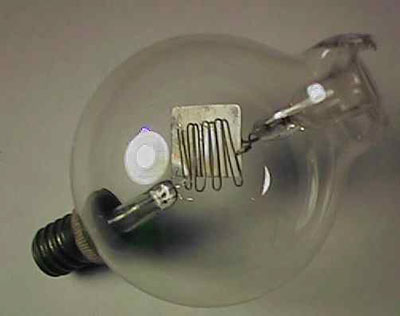 [JPG image (14.56 KB)]
[JPG image (14.56 KB)]![[http]](http://wiki.commres.org/imgs/http.png) AUDION(http://www.cedmagic.com/history/deforest-audion.html) was developed and sold.
AUDION(http://www.cedmagic.com/history/deforest-audion.html) was developed and sold.
by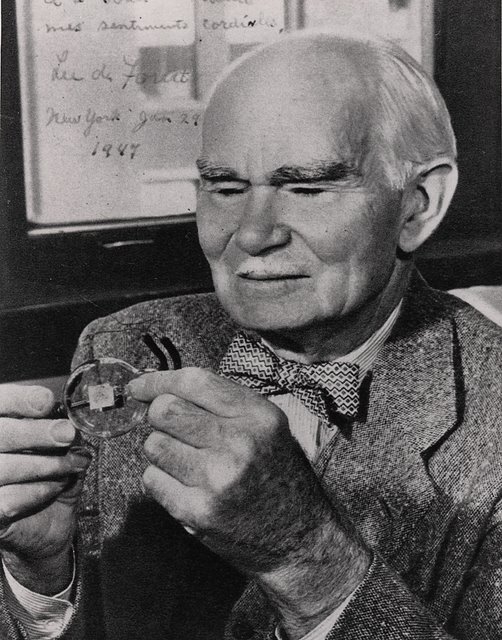 [JPG image (91.12 KB)]
[JPG image (91.12 KB)] De Forest Lee
De Forest Lee
Voices for minority also started. (Female suffrage; voting right)
- 1912
- Sink of
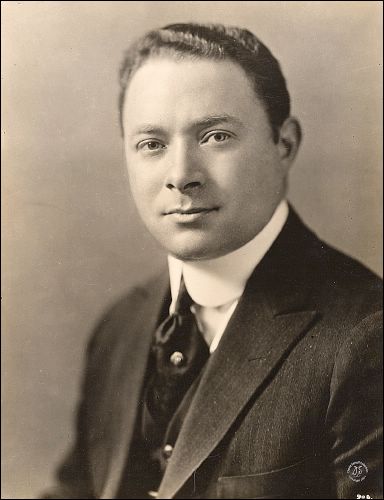 [JPG image (28.06 KB)]
[JPG image (28.06 KB)] Titanic
Titanic
She had also an extensive electrical subsystem with steam-powered generators and ship-wide wiring feeding electric lights and two Marconi radios, including a powerful 1,500-watt set manned by two operators working in shifts, allowing constant contact and the transmission of many passenger messages.15 First-class passengers paid a hefty fee for such amenities. The most expensive one-way trans-Atlantic passage was US$4,350 (which is more than US$95,860 in 2008 dollars) <see
 RMS_Titanic>.
RMS_Titanic>.
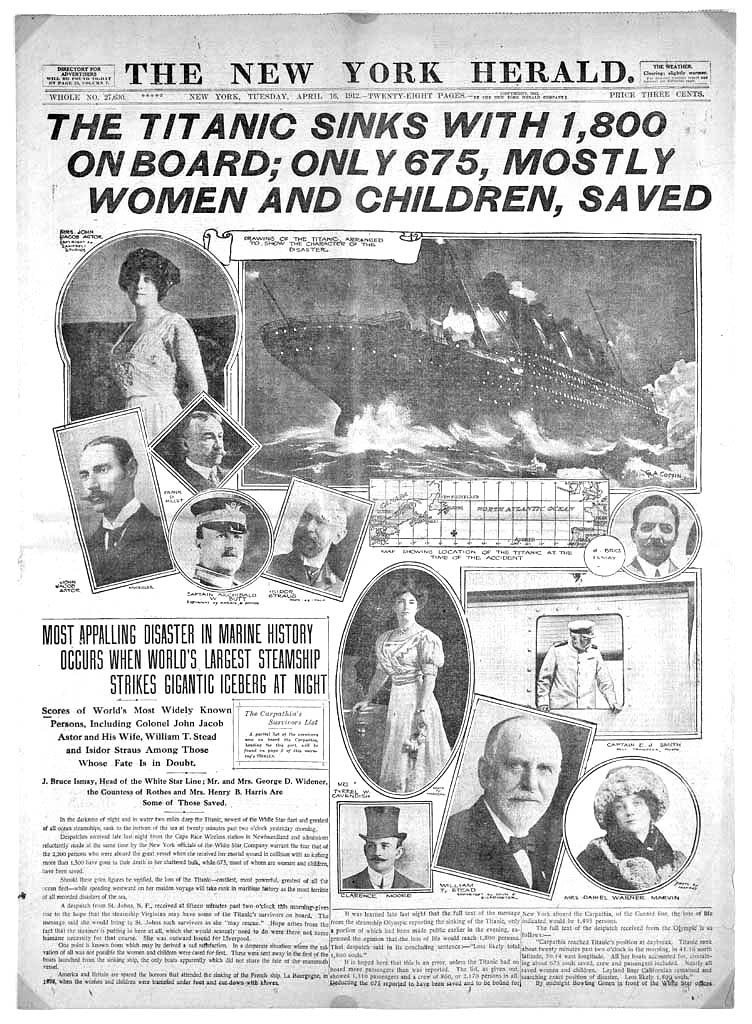
A newspaper article about Titanic disaster [JPG image (202.37 KB)]
David Sarnoff[2], an immigrant from Rusia;
He works as operator at Marconi Telegraph in New York;
He was the first person who caught the SOS signal from the Titanic
He works on delivering information from the Titanic to the public (including the newspaper, families, etc.) for 72 straight hours;
It was known that about 800 were saved (Over 1500 died in the accident).
Sarnoff became hero of the US[3].
He was 21. Latter, he takes an important role in RCA company by Marconi.
He works as operator at Marconi Telegraph in New York;
He was the first person who caught the SOS signal from the Titanic
He works on delivering information from the Titanic to the public (including the newspaper, families, etc.) for 72 straight hours;
Relayed SOS signal to other boats.
Sent information to the public newspapers.
Taft, the President of the US placed an national order to shut down other wireless telegraph attempts just not to interfere the signal. Sent information to the public newspapers.
It was known that about 800 were saved (Over 1500 died in the accident).
Sarnoff became hero of the US[3].
He was 21. Latter, he takes an important role in RCA company by Marconi.
- 1919
- RCA (Radio Corporation of America, 1919-1986)
Zworykin, Vladimir U.S., began to experiment on television technology at RCA
- 1920s
- Radio!!! blossom
- 1920
- Pitzburgh KDKA, US began radio broadcasting
- 1922
- GB, France in 1922 began radio broadcasting.
Farmsworth also experiment on television technology in CA
Acquired patent that year (All electronic television).
In 30s He earned two more patents.
- 1923
- German began radio broadcasting.
The radio backfires. . . . Disastrous radio effects were shown.
Dr. Brinkley, a physician sold rejuvenating medicine.Zworkin 특허 (Iconoscope tube)
Someone tried to sell hankerchiefs -- signed by Jesus
- 1925
- Sarnoff proposed an idea of building radio broadcasting company
Unlike many who were involved with early radio communications, viewing radio as point-to-point, Sarnoff saw the potential of radio as point-to-mass. One person (the broadcaster) could speak to many (the listeners). <see
 David_Sarnoff>
David_Sarnoff>
Previously, radion broadcasting was a sort of gimmick for selling radio box.Japan began radio broadcasting
Sarnoff proposed an idea of making profit by selling advertisement.
. . . . The wireless message box radio has no imaginable commercial value. Who would pay for a message sent to nobody in particular?
- 1926
- NBC (National Broadcasting Corporation) started
- AT&T started BCA (Broadcasting Corporation of America). BCA began a radio network by monopolizing telephone line. (Monopoly . . . AT&T had both telephone technology and telephone network).
- The government forced AT&T to sell out BCA.
- AT&T attempts to control radio companies by controlling telephone line lease
- GE | Westinghouse | RCA invest together and start NBC
- AT&T started BCA (Broadcasting Corporation of America). BCA began a radio network by monopolizing telephone line. (Monopoly . . . AT&T had both telephone technology and telephone network).
- 1927
- CBS (Columbia Broadcasting System) began
Radio Act of 1927
Broadcasting to the mass should be permitted by the government.
- 1928
- War between newspaper vs. radio (News)
- News source = newspaper | Radio reads it
- law suits; and Radio defeated.
- radio news began to . . . . .
- News source = newspaper | Radio reads it
- 1929
- Zworykin patent (Kinescopy tube)
- 1930s
- Radio: became an official family medium.
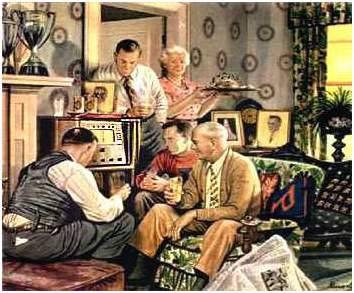 [PNG image (217.54 KB)]
[PNG image (217.54 KB)]
- 1938
- CBS Mercury Theatre on the Air 총알이론 참조
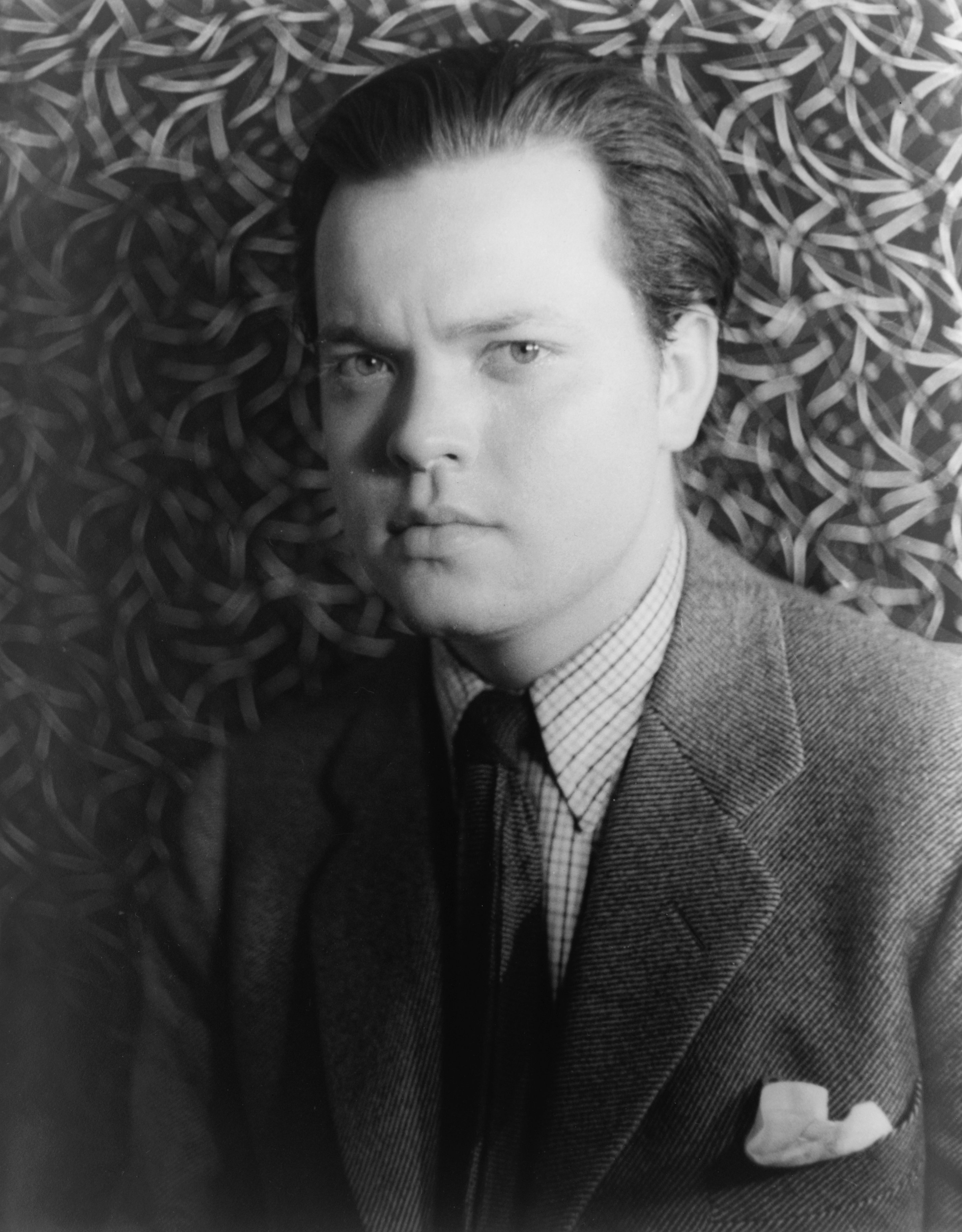 [JPG image (983.06 KB)]
[JPG image (983.06 KB)]
 The_War_of_the_Worlds
The_War_of_the_Worlds
이어서 Orson Welles public hearing
- 1939
- Television appears at the World Expo
- 1941
- The first NTSC specification proposed (the second = 1953)
- 1950
- Radio got killed
- 1950년대: Video Killed the Radio Star.
- Refer to RCA advertisement
http://www.youtube.com/watch?gl=KR&hl=ko&v=vBZ3fvZFDBQ
- Falling radio technology; began to suffer for survival
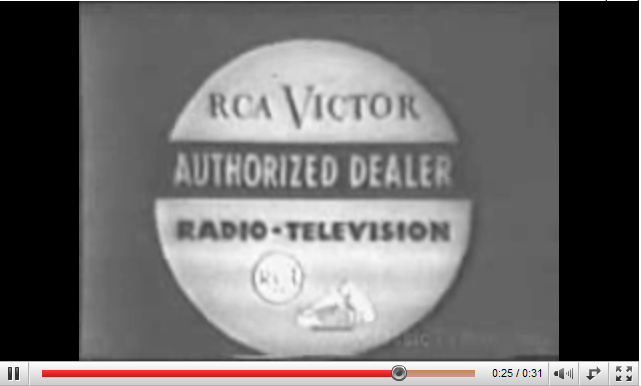 [PNG image (70.53 KB)]
[PNG image (70.53 KB)]Youtube(vBZ3fvZFDBQ)
- 1950년대: Video Killed the Radio Star.
- 1953
- The second NTSC specification proposed
- 1956
- RCA went to Korea, KORCAD. gone within a year
- 1961
- KBS
- 1964
- TBC
- 1969
- MBC
- 1980
- TBC -> KBS2
- 1984
- AT&T Department of Justice ordered to disect AT&T into 8 pieces.
- 방송
- 방송(라디오/텔레비전의 강력한 영향력에 대한 우려가 지배적이었음)
방송의 효과에 대한 연구는 수 없이 많았어도 전화, 전파 사용의 효과에 관한 연구는 거의 없었던 이유도 여기에 있음
라디오에 비해서 텔레비전의 성장속도는 기하급수적으로 빨랐는데, 그 이유는 라디오의 비지니스모델을 그대로 차용하였으며, 무엇보다도 라디오의 방송권을 획득한 회사가 텔레비전 전파사용 허가도 받았기 때문.
- 통신
- 단순한 상업활동의 장으로 평가되었고 그렇게 진행되었음
----
- [1] There is some other opinions on this. See
![[http]](http://wiki.commres.org/imgs/http.png) The Telephone Patent Conspiracy of 1876(http://www.amazon.com/Telephone-Patent-Conspiracy-1876-Gray-Alexander/dp/0786408839),
The Telephone Patent Conspiracy of 1876(http://www.amazon.com/Telephone-Patent-Conspiracy-1876-Gray-Alexander/dp/0786408839), ![Amazon:ISBN-0786408839 [ISBN-0786408839]](http://images.amazon.com/images/P/0786408839.01.MZZZZZZZ.gif)
- [2] See,
 David_Sarnoff or http://www.museum.tv/eotvsection.php?entrycode=sarnoffdavi
David_Sarnoff or http://www.museum.tv/eotvsection.php?entrycode=sarnoffdavi - [3] As read in the WikiPedia article, Sarnoff's involvement with Titanic disaster may not be true.